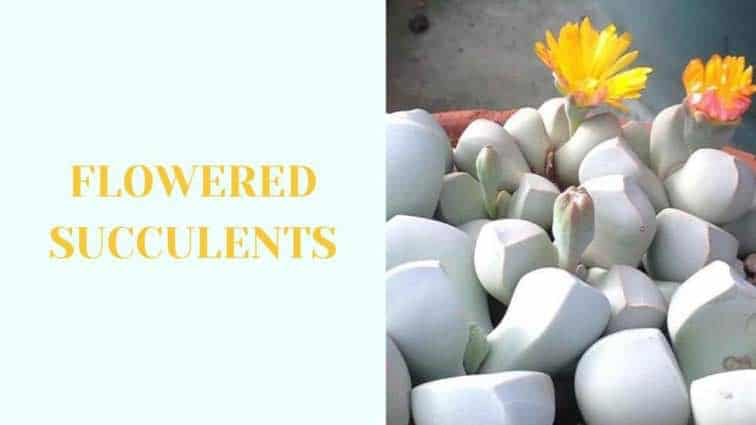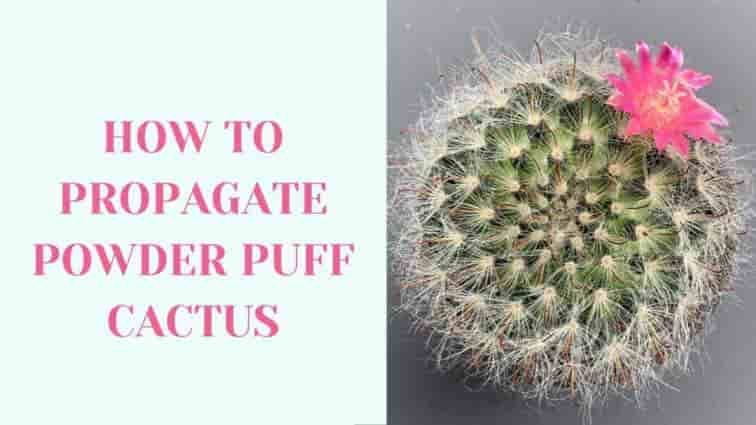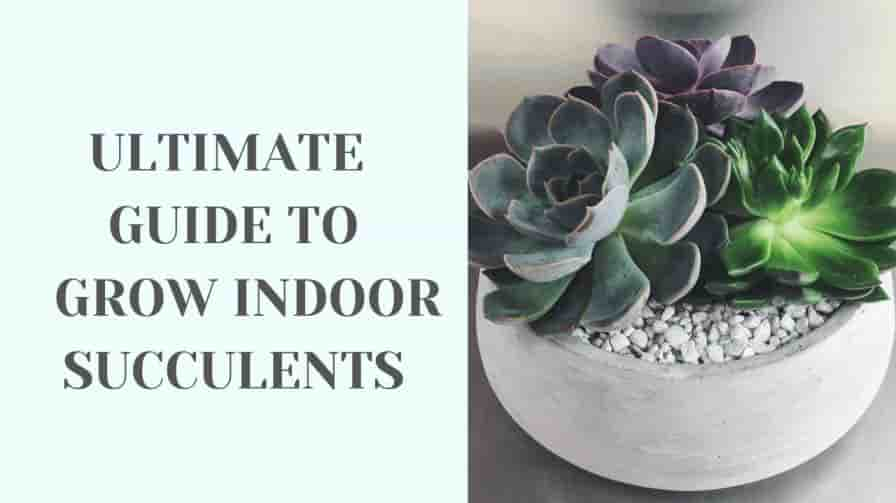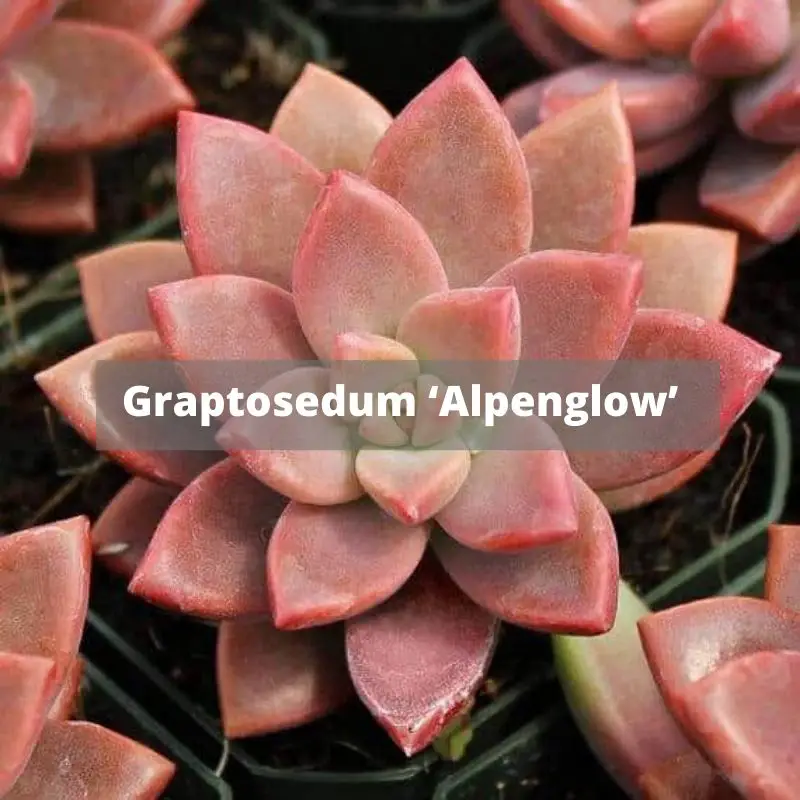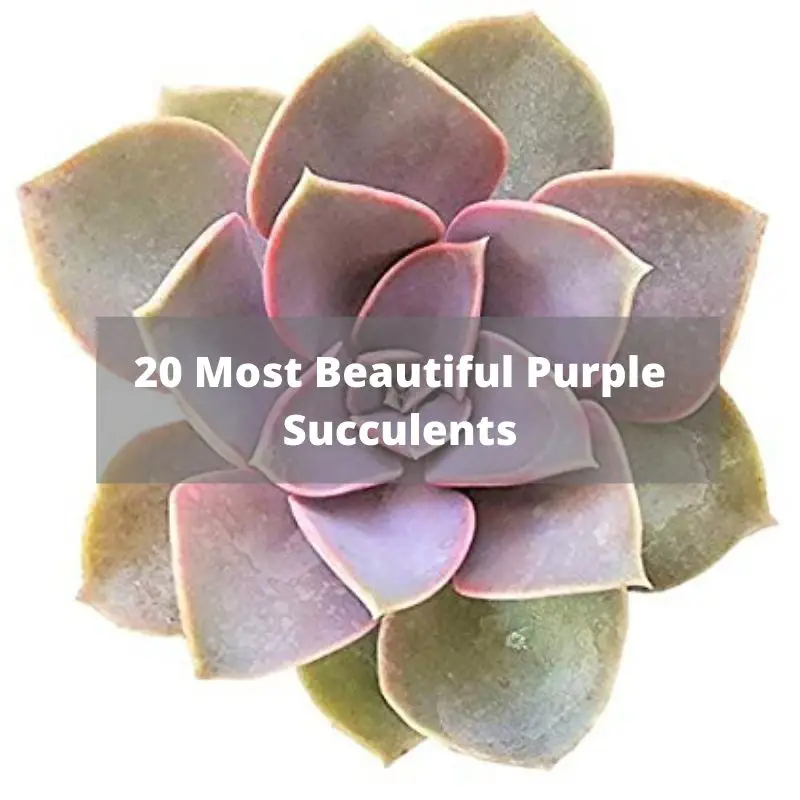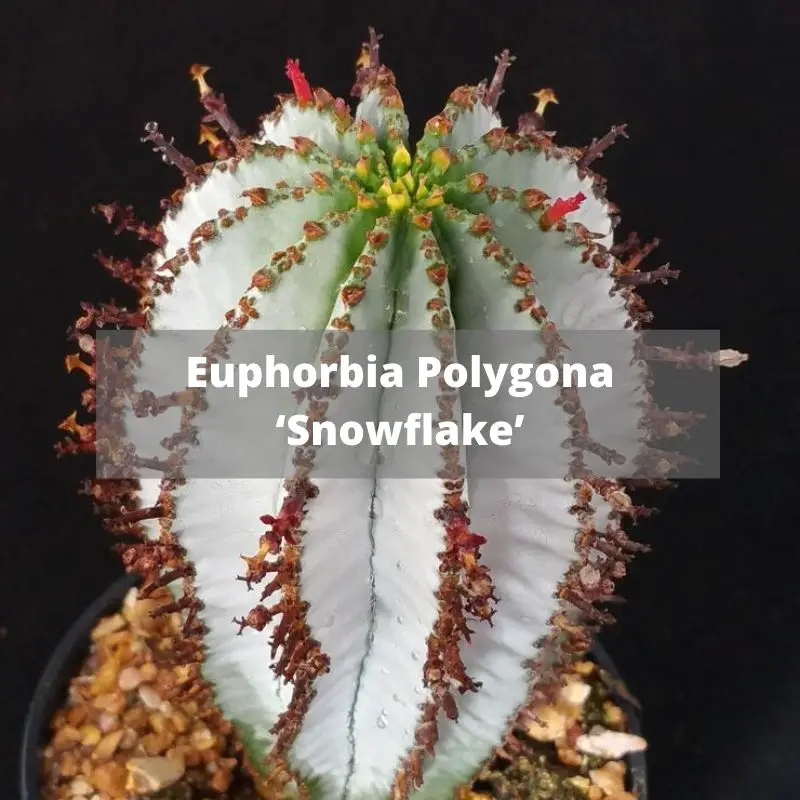Plants as some of the most wonderful living beings in the world can truly refine and ennoble even the dullest space you can imagine, while we eagerly keep them in our gardens, on our windowsills, and stacked around the house in flowerpots. As truly lovely and silent observers, rather than companions, some plants have delicate requirements, which if not met, can push the plant to a state of wilting.
Unlike more demanding indoor and outdoor plants, Peace lily (Spathiphyllum) is rather easy and simple to take care of, regardless of the type or the color of the plant. Native to Central and South America, this plant is actually not a lily, but a tropical plant that requires specific conditions to grow and prosper when kept outdoors. That is how we mostly tend to keep our Peace lilies indoors and in flowerpots. Learn How to care for indoor plants here. If you have noticed that your Peace lily is not looking its best, acting up all droopy, that is a clear sign that something is not right.
How to discover why is your Peace lily dropping and how to restore its original beauty and allow it to thrive?
Why is My Peace Lily Dropping: Underwatering Your Peace Lily
Peace lily is a tropical plant by nature, so it has thick, meaty and shiny leaves that give out the core necessity that this plant has, which is to be regularly watered. Growing in tropical conditions mean that the plant is getting plenty of humidity and water, which is why underwatering your plant may cause it to become droopy and wilted all of a sudden, following dry and yellow leaves that pose as a clear sign of underwatering your plant.
Plants obviously have their own way of letting us know that something is not right, which is how you should react with hydrating your plant as soon as you notice that the leaves are becoming dry and yellow. Make sure to water your plant regularly and at any sign of distress that might point out the lack of hydration. Water your Peace lily at least once a week and keeping its soil moist, should help you prevent dehydration and consequent drooping.
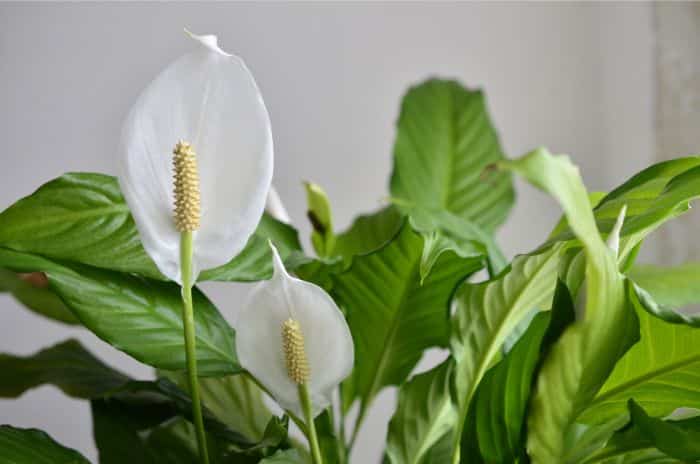
Picture via smartgardenguide
Overwatering Your Peace Lily: Can You Repair the Damage?
Another reason why you might wonder “Why is my Peace lily dropping?” is when you notice that the plant looks droopy and lifeless, but has no dry or leaves to show. In this case, you might be overwatering your plant, which the plant might signal in the form of yellow leaves. Consequences of overwatering may be irreparable unlike it is the case with underwatering where you can save the plant by hydrating it after keeping it thirsty for a while.
This is the case because too much water causes the root to rot. As the essential part of the plant, root serves the purpose of keeping the plant well-nourished and hydrated. Logically, when the core organ of the plant is not working, the plant is wilting, dropping and eventually ends up dying. Overwatering is hardly repairable – definitely in the case of a rotting root, however, it can be easily prevented. Take care that your plant by using the type of soil with efficient drainage.
Sun Light and Temperature Might Cause Your Peace Lily to Droop and Wilt
As Peace lily is a tropical plant, you would expect to see the plant thriving under hot temperatures, however, this is not the case. believe it or not, Peace lilies enjoy optimal indoor temperature, not below 65 degrees and above 75 degrees Fahrenheit. In case you have kept the room temperature above or below the said temperature scale for a while, this might be the reason why you can notice signs of dropping, droopiness and wilting.
Another valid reason behind the florist’s horror of a dying plant might be direct exposure to sunlight. Although this tropical plant enjoys bright spots by the window, the plant still requires shade. In case you have noticed that your Peace lily is directly exposed to the effects of sunlight, looking saggy and droopy, find a nice bright spot near the window where the plant won’t be exposed. Indoor spots you should most definitely avoid so you would be able to provide optimal conditions and prevent your Peace lily from dropping are spots by the fireplace, sources of heat, constantly opening doors and any other place in the house where there are temperature changes.
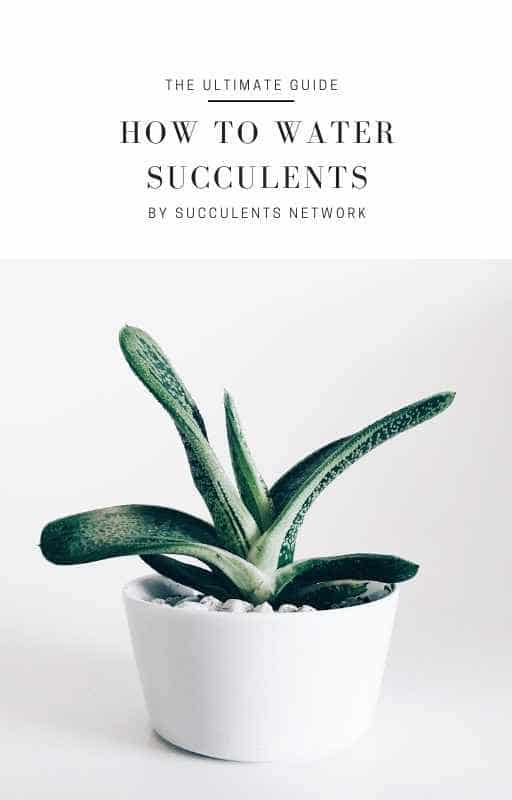
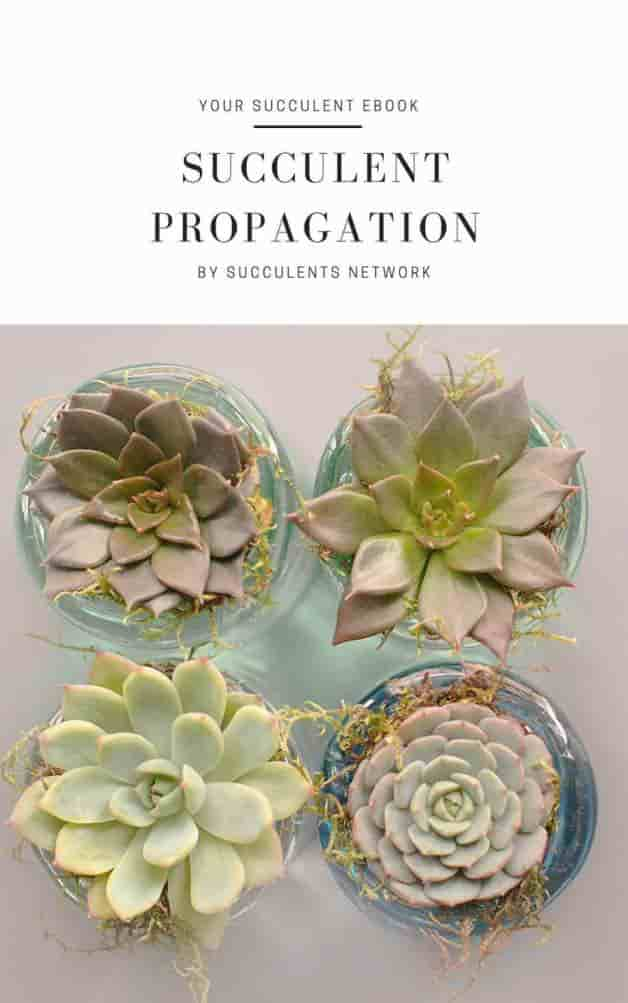
Does Your Peace Lily Have a Proper Type of Soil?
Another possible answer to your question “Why is my Peace lily dropping?” can be found in the type of soil you are using for your plant. There are two types of soils that this tropical beauty doesn’t appreciate in general: sandy/gritty soil and clay soil. Peace lily needs the type of soil that will allow it to efficiently drain excess water, that way protecting the root from rotting. Likewise, the plant will fail to thrive in soils that drain too quickly as it takes the plant’s ability to collect all the nutrients it needs from the soil.
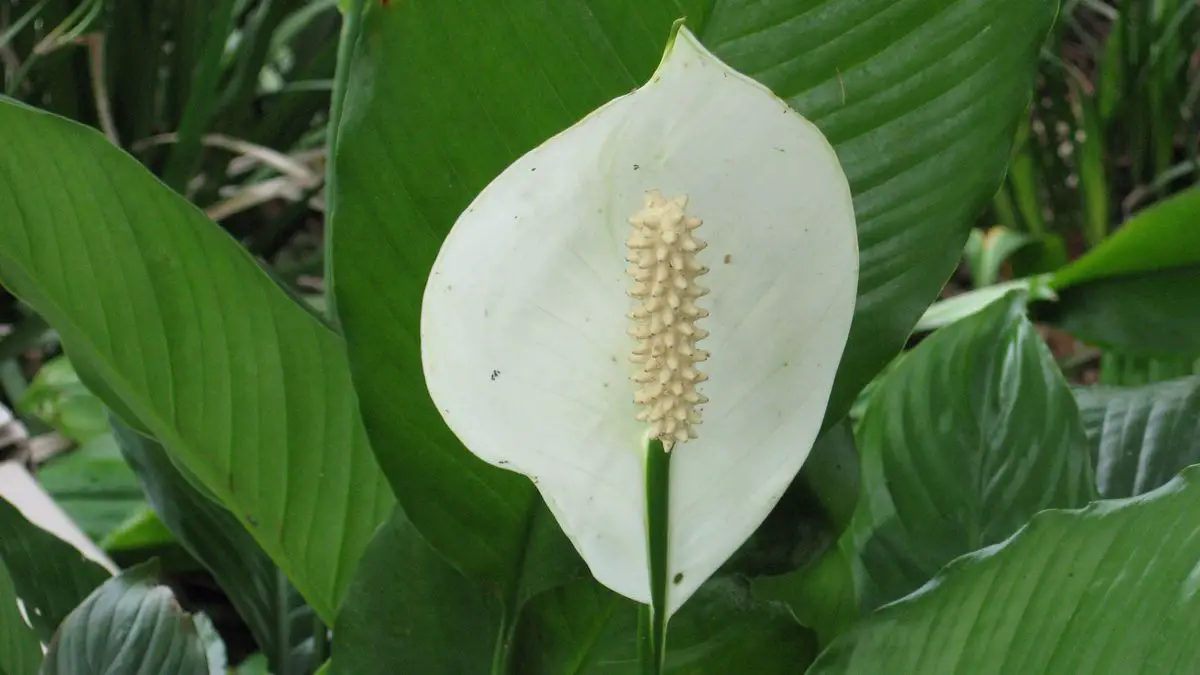
Picture via tribpub
Optimal Humidity for Preventing Your Peace Lily from Dropping
Tropical conditions equal high levels of humidity, while you need to make sure that your plant gets at least a portion of its indigenous conditions. In case humidity levels are not satisfactory, the plant’s leaves will turn brown or yellow, while the foliage of the leaves should turn crispy and lose its flexibility and meatiness. You can reverse the negative effects of the lack of humidity by buying an air humidifier or misting your Peace lily on a regular basis.
In oppose to owning a humidifier that will keep the humidity at an optimal level at all times, misting the plant with a water sprayer will ask for your frequent involvement while representing a short-term solution. You may also use moss (Sphagnum) in combination with double-potting. You may do so by placing the pot where you keep your lily in another pot or a container and placing the moss between the two pots. The moss should keep moist to an optimal level, keeping your lily humidified.

